PLANER BLADE
A planer blade, also sometimes called a planer knife, is the essential cutting component of a planer. It’s a high-speed rotating blade (or set of blades) that removes thin shavings of wood from the surface of lumber as it passes through the machine. Planer blades play a crucial role in achieving a smooth, finished surface on your woodworking projects.
Types of Planer Blades
There are two main types of planer blades based on the planing operation they are used for:
- Thickness planer blades: These are used in thickness planers, the most common planer type. They typically come in sets of two or three blades and rotate together in a cylindrical head.
- Jointer planer blades: These blades are used in jointer planers, combination machines that offer both thickness planing and jointing functionalities. Jointer planer blades may be configured differently depending on the specific machine model.
Planer Blade Material
Planer blades are typically made from high-quality, hardened steel to ensure they can withstand the demanding task of shaving wood under high pressure. Here are some of the common blade materials:
- High-speed steel (HSS): A popular and affordable option, HSS blades offer a good balance of hardness and durability. However, they may require more frequent sharpening compared to other materials.
- Carbide-tipped (TCT): These blades feature tungsten carbide tips for exceptional hardness and longevity. They stay sharp significantly longer than HSS blades but come at a higher cost.
- Replaceable insert blades: Some planer models use disposable blades with replaceable carbide inserts. These offer convenience as you only replace the worn insert, not the entire blade body.
Choosing Planer Blades
Here are some key factors to consider when choosing planer blades:
- Planer model compatibility: Ensure the blades you select are compatible with your specific planer make and model.
- Number of blades: Most thickness planers use two or three blades. More blades can produce a smoother finish but may also require more power from the motor.
- Blade material: HSS blades are a good starting point for occasional use, while carbide-tipped blades are ideal for professional woodworkers or frequent use.
- Thickness: Blade thickness can affect the quality of cut and the amount of wood removed per pass. Consult your planer manual for recommended blade thickness.
Here are some additional tips for planer blades:
- Maintain sharp blades: Sharp blades produce cleaner cuts and minimize tear-out. Sharpen your blades regularly or replace them when they become dull.
- Use the right blade for the job: Consider the type of wood you are working with when choosing a blade material. Harder woods may benefit from carbide-tipped blades.
- Store blades safely: Store your planer blades in a safe and secure location to prevent injury and maintain their sharpness.
By choosing the right planer blade and maintaining it properly, you can ensure your planer operates efficiently and delivers exceptional results on your woodworking projects.
• Suit for TOLSEN No.42002 & 42003
• Carbon steel, black plated
• Packing: polybag+header
| STOCK NO. |
SIZE |
QTY./CARTON |
| 42008 |
250mm |
120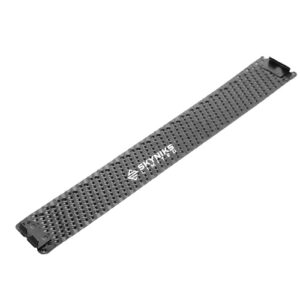 |

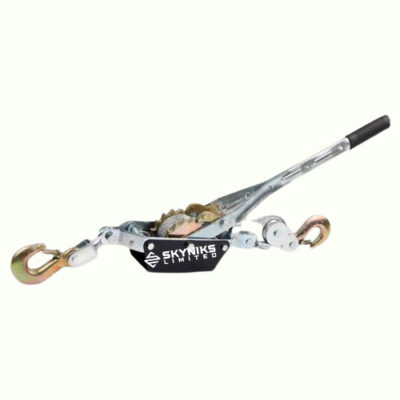

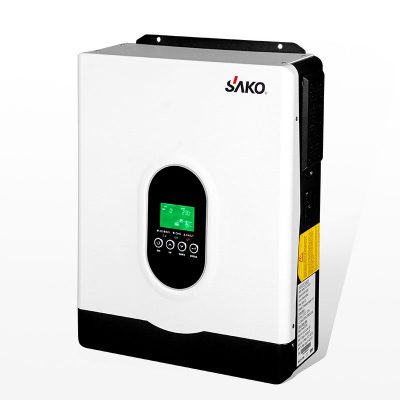
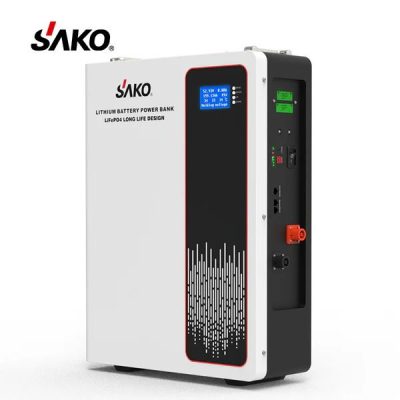

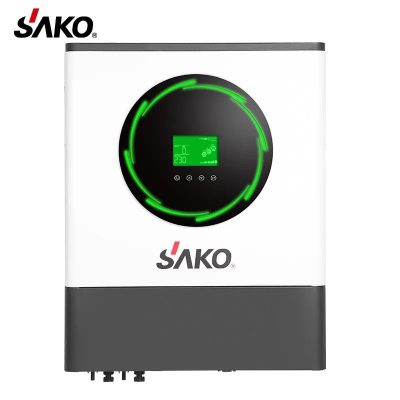
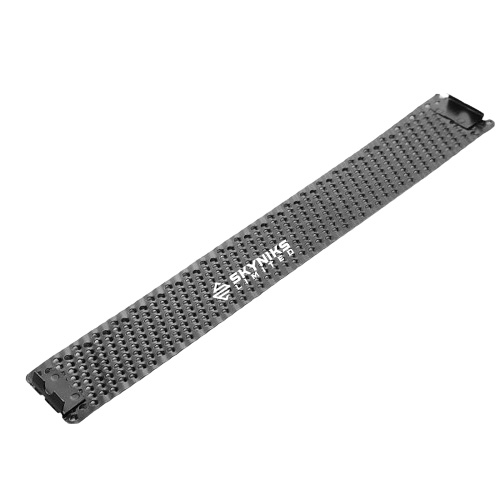

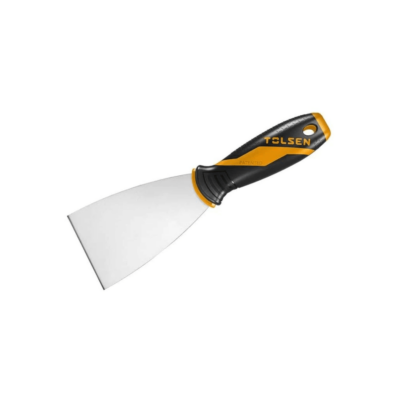
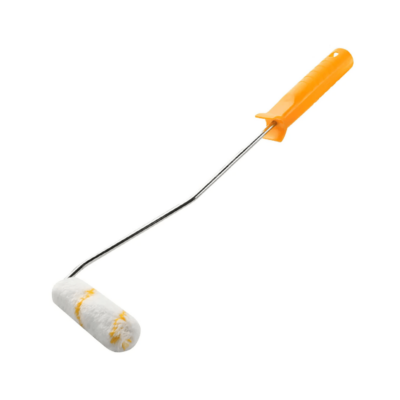
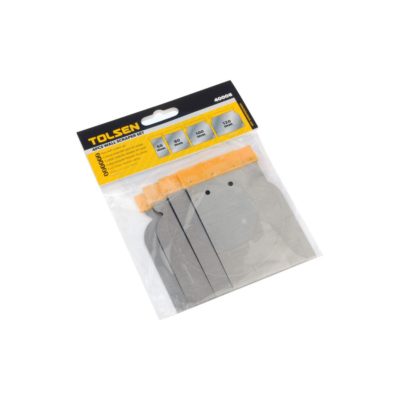
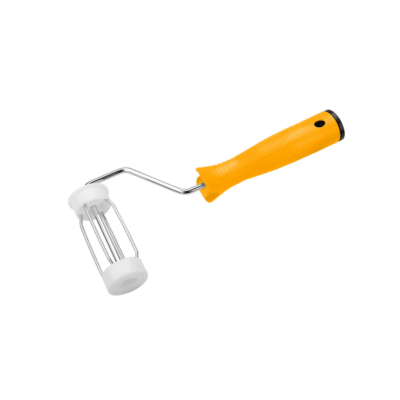
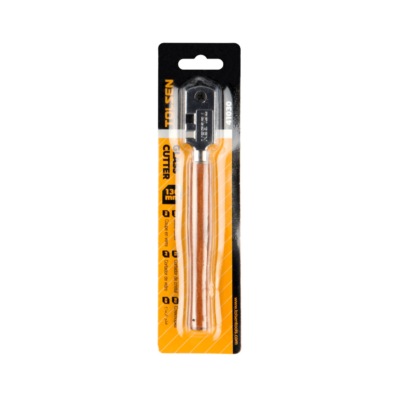
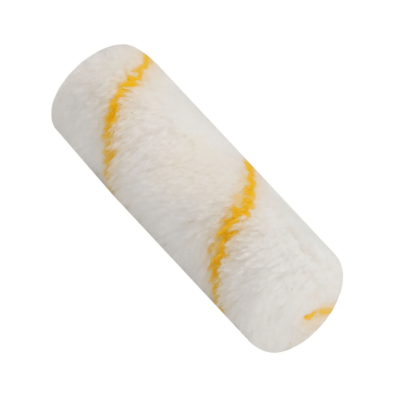
Reviews
There are no reviews yet.